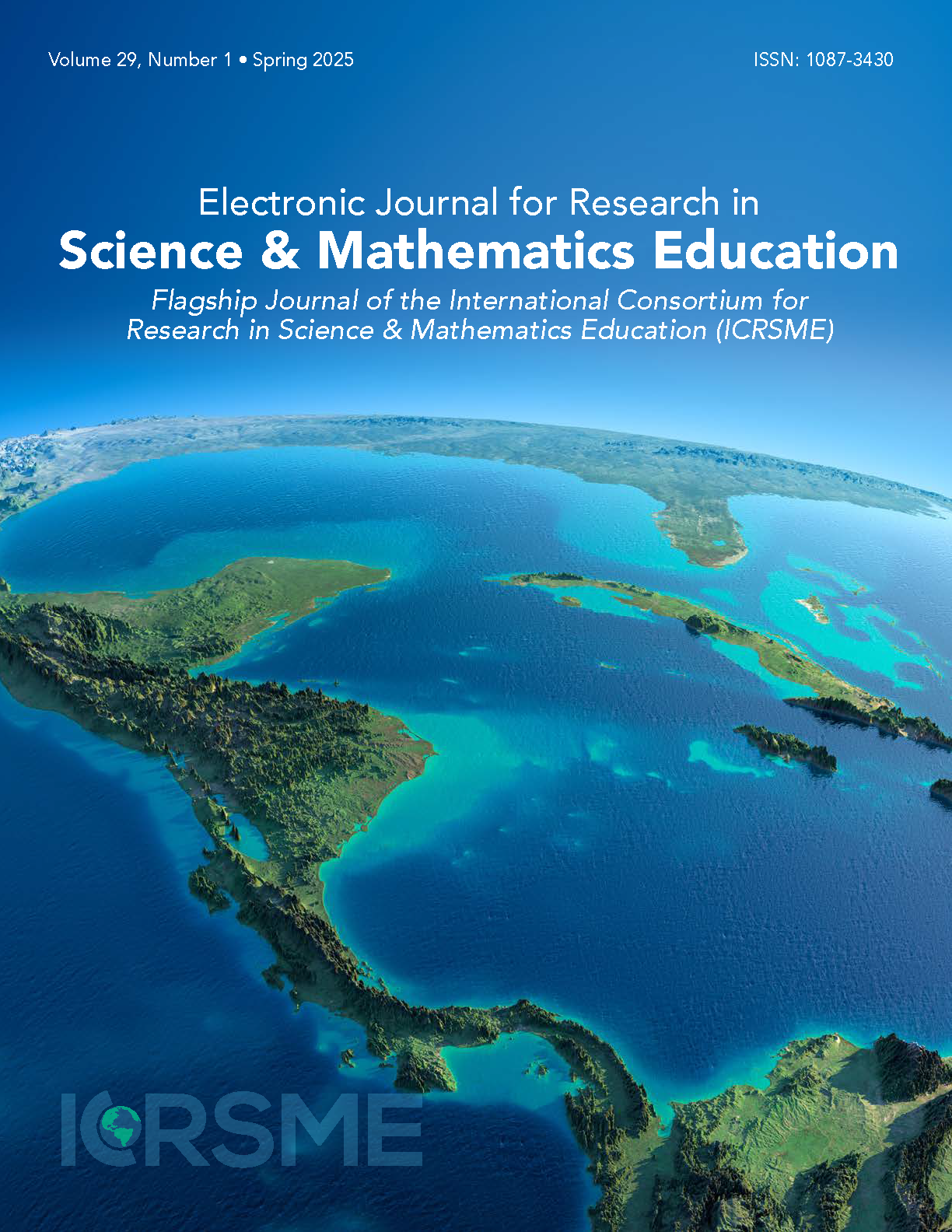Textbook Presentation of Circular Motion Dynamics: Centrifugal Force Controversy & Implications for Teaching
Main Article Content
Abstract
To explain experiences of riders of rotating systems such as merry-go-round, some physics educators have employed the concept of ‘centrifugal force’, while others have suggested that the term is unnecessary in explaining experiences in rotating systems and that it encourages misconceptions surrounding circular motion dynamics. Owing to this tension, this project employs Gestalt theory and content analysis to explore whether introductory and general physics textbooks employ or mention the term centrifugal force in their discussion of experiences of objects within rotating systems. The project also explores related ideas such as (1) whether textbooks discuss real vs. fictitious forces, and (2) whether textbooks remind students when to use Newton’s Laws of motion. Twenty textbooks were analyzed, and the results are tabulated. Results of this project indicate that about half of the textbooks analyzed did not use or mention the term centrifugal force when discussing the physical perceptions of humans in rotating systems. Thirty-five percent of textbooks discussed real vs. pseudo forces clearly. About half of the textbook did not remind students that Newton’s laws are valid only for inertial observers when discussing physical perceptions in non-rotating systems. About twenty-five percent of the textbooks modified or said that there is a way to modify Newton’s second law to be applicable in a non-inertial frame of reference. Ten percent of the textbooks explicitly warned students or suggested not to use the term ‘centrifugal force’. The results of this study, coupled with the study’s theoretical lens and our teaching philosophy led us to propose an approach to teaching circular motion dynamics that explicitly acknowledges (1) the controversy rather than shunning away from it, (2) the perceptions within rotating frames, and (3) the interdisciplinary use the concept of centrifugal force.
Article Details
© 2025 Electronic Journal for Research in Science & Mathematics Education (EJRSME)
